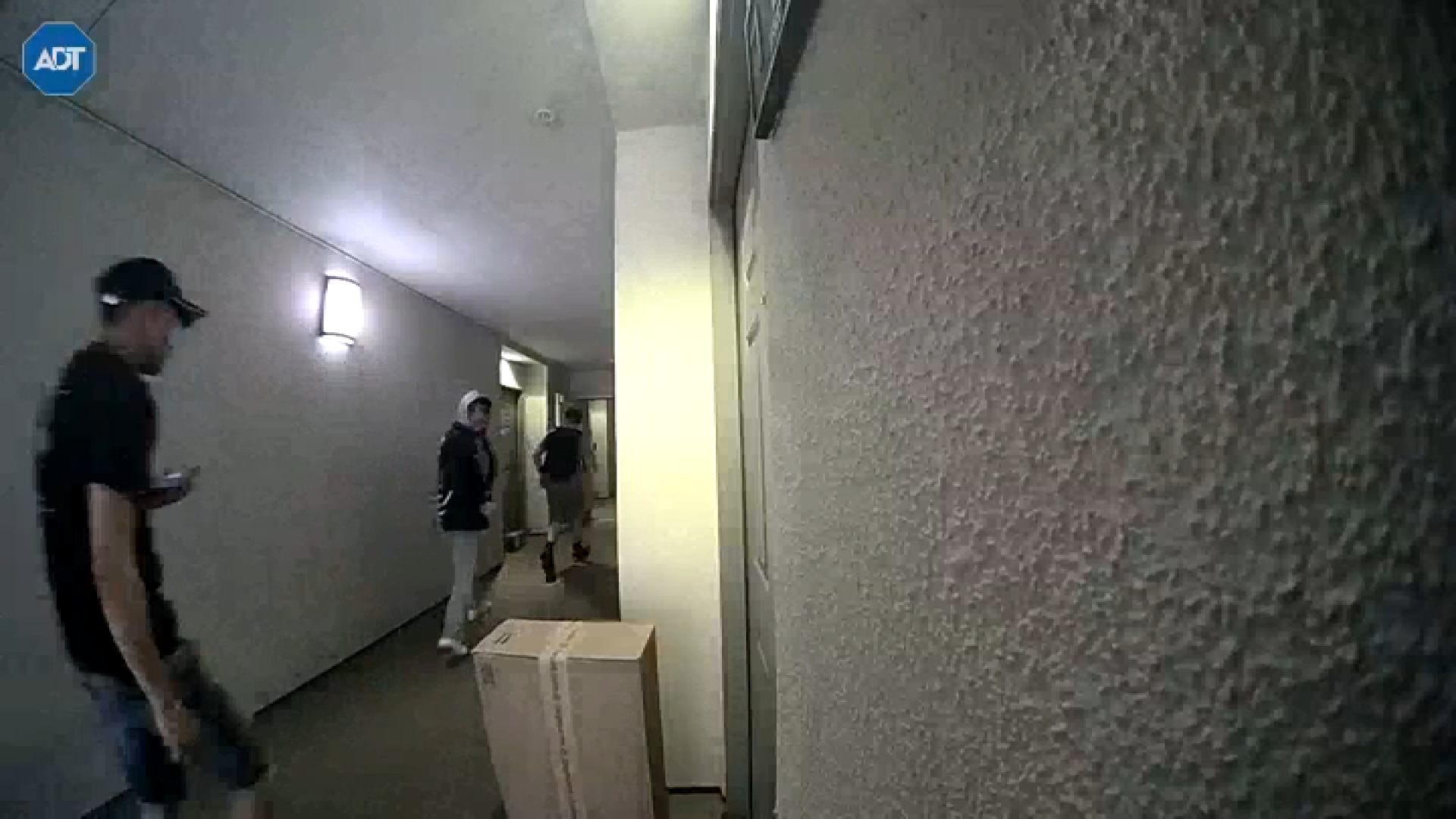Whether the discolored drinking water coming from taps in a small community near Compton is merely unappetizing, or also hazardous, preliminary lab results may be able to answer Thursday, according to Los Angeles County officials.
Complaints about brownish-tinged water have come from residential customers of the Sativa LA County Water District, a not-for-profit agency which serves 1,600 in a half square mile area. It includes a small sliver of Compton and a portion of the county area of Willowbrook.
Sativa acknowledges that sediment builds up in its aging pipe system, and has said it believes the discoloration is being generated by maintenance known as "flushing," in which hydrants are opened to purge mains of sediment, according to Administrative Manager Maria Rachelle Garza.
Testing done before the current round of flushing began on April 5 found Sativa's water in compliance with quality standards. But in response to the complaints, teams from LA County Public Health and staff from the State Water Resources Control Board have been taking new samples for analysis.
Sativa has advised residents to open a cold water tap to purge the water from the pipes in their own homes for approximately 15 minutes till the water runs clear. That said, the district maintains the water it provides does not pose a health threat.
"We stand by the water that we deliver to our customers," Garza said. "Our water is safe."
Regardless, many residents are now buying bottled water for drinking, brushing their teeth, and washing dishes, if not bathing.
"This should not be happening here," said Luis Ramirez, 25, whose parents immigrated from Mexico when he was a toddler. Ramirez gets rashes after showering when the water is discolored, he said.
Residents have united and retained a law firm, which is filing a claim for damages.
News
Top news of the day
"How can they say it's drinkable when it's brown," longtime resident Frances Gillis wondered aloud.
The district's eight miles of water main date back 70-80 years to when the district was founded before World War 2, Garza said. The mains are largely cast iron, prone to rust corrosion, as are the pipes in the community's older homes. Longerm, Sativa plans to replace all 8 miles, and has been seeking grant funding from the Water Resources Control Board. Earlier, the state board approved $253,000 for removing iron and manganese from water produced by one of Sativa's two wells.
The flushing will continue into July, according to a flyer the District has been distributing to residents.
Tuesday, the Los Angeles County Board of Supervisors approved an emergency measure calling for County Public Health and Public Works to form a strike team to address the Sativa situation. The motion, brought by Supervisor Mark Ridley-Thomas, raised the possibility that if Sativa is not able to maintain its system properly, it may face the prospect of being dissolved, and another entity brought in to provide water service to the area.
Garza rejected that notion.
"Anybody that takes over this district will have the same challenges," Garza said during an interview Tuesday.
Last September, the Water Resources Control Board cited Sativa for repeated lateness in filing water quality test results, but did not challenge the findings that Sativa’s water was in compliance.
Under state and federal water quality standards, rust--iron oxide--is not necessarily considered a health hazard, unless the sediment contains harmful constituents in concentrations higher than permitted. Officials hope to get those answers from the lab results.
"Even if those come out clean, it's not good enough," said Michael Hochman, MD, MPH, who serves as Health Services Senior Deputy for Ridley-Thomas.
"Nobody wants to drink water that is brown color."



